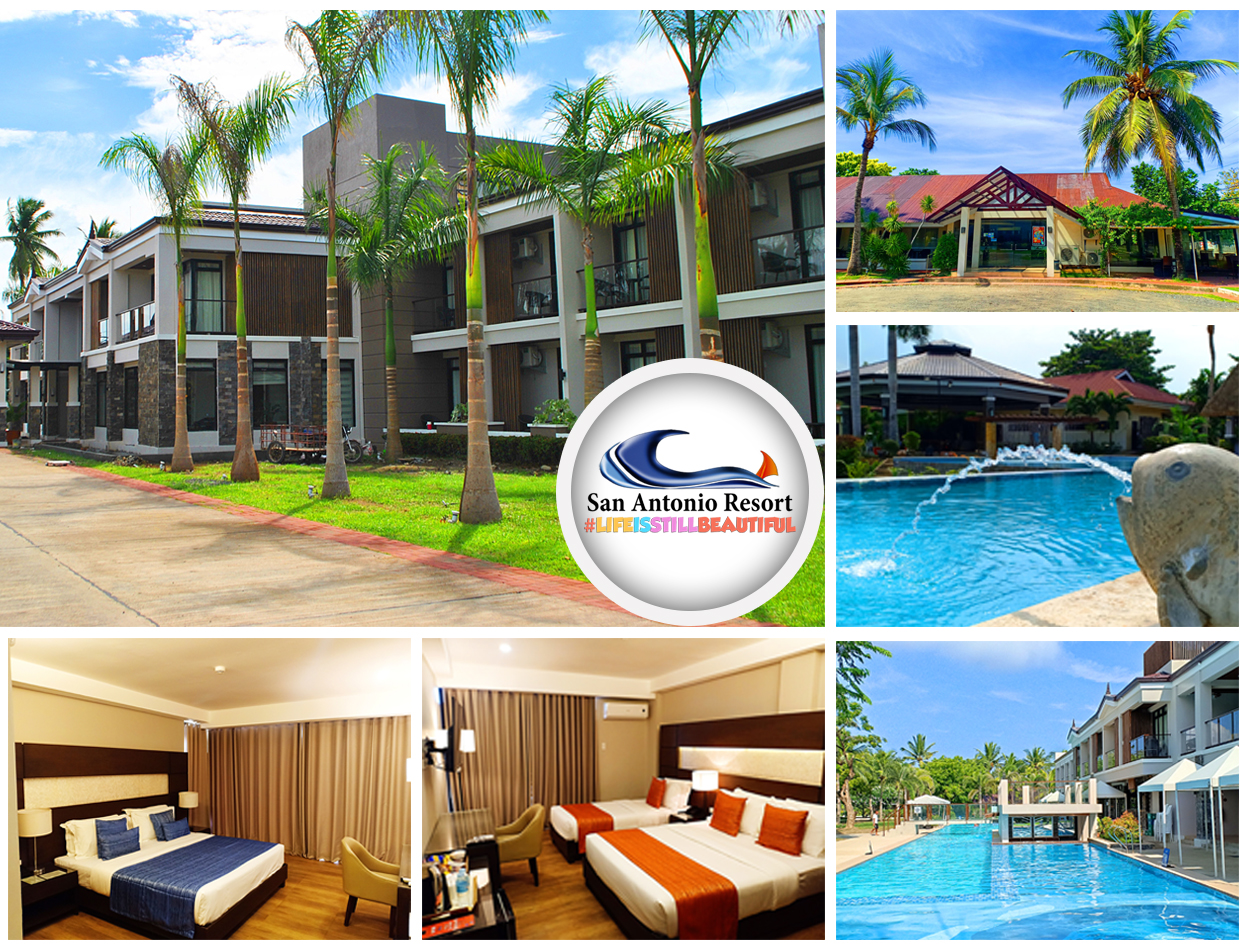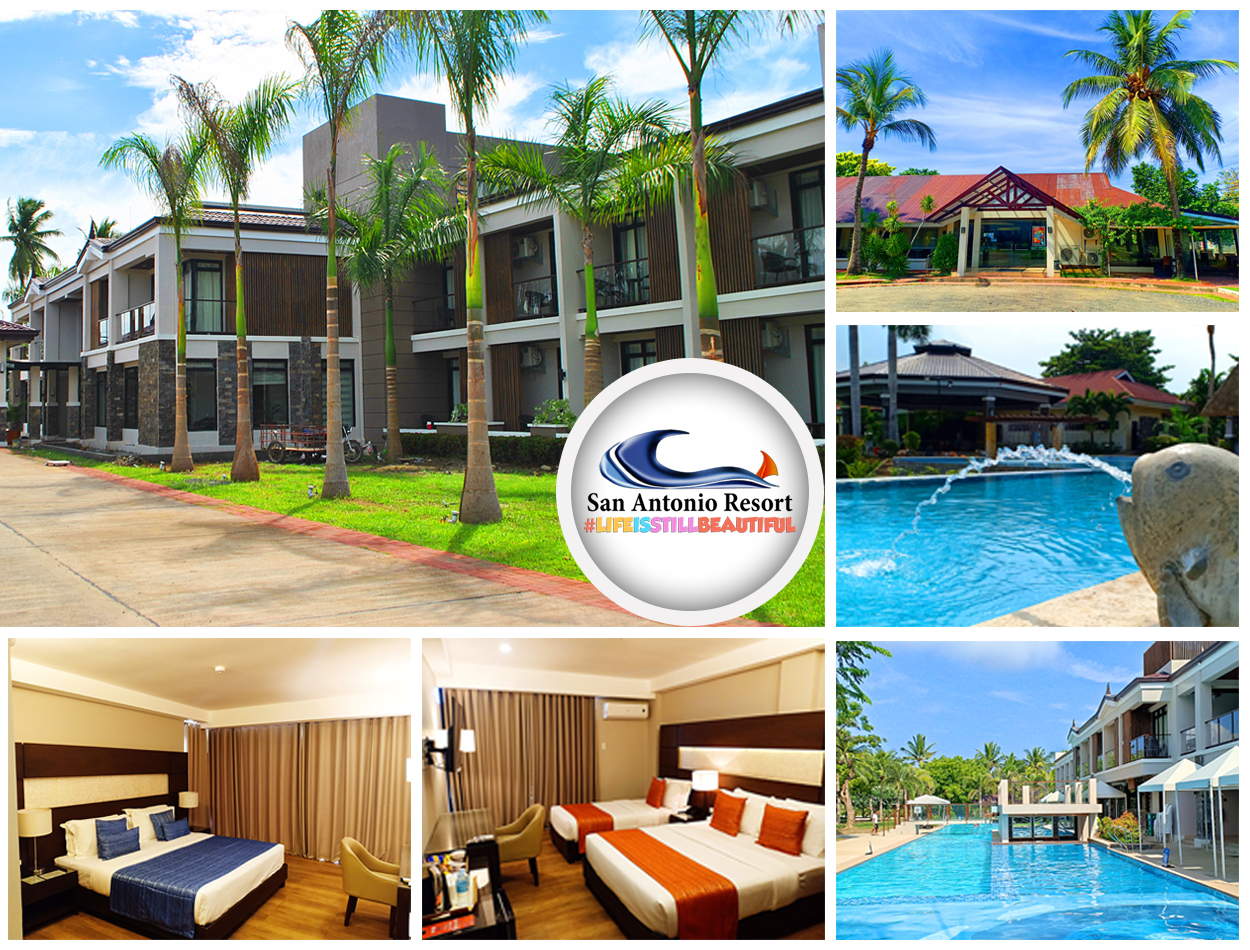
By Erwin Bonifacio
Jose Arcenas Dinglasan became the last governor of the undivided Capiz. This was when President Ramon Magsaysay signed Republic Act No. 1414 that created the Province of Aklan on April 25, 1956.
Dinglasan was born on June 18, 1913, in Capiz (now Roxas City), Capiz, to Don Francisco Luna Dinglasan of Batangas and Doña Vicenta Arcenas.
Captain Francisco “Don Paco” Dinglasan was one of the officers of General Ananias N. Diokno, who liberated the province of Capiz in 1898 from Spanish colonial forces. Like some of the Tagalog revolutionaries, he eventually remained in Capiz and married Jose’s mother.
Fondly called by family as “Bebe”, Dinglasan fell in love with Marcella “Marsing” Balgos, daughter of Don Alejandro Buenvenida Balgos. They were married on March 27, 1938, at Capiz Church (now Immaculate Conception Metropolitan Cathedral). Their marriage was blessed with six children: George, Mercedes, Johnny, Francisco, Vicenta, and Jose Jr.
Dinglasan was a product of public education. He completed his elementary education in a public school in what is now Roxas City and finished his secondary education at the now Capiz National High School. He later enrolled at the University of the Philippines (UP) Los Baños to study agriculture.
Being an agriculturist, Dinglasan used his advanced knowledge in cultivating their haciendas. In turn, he became one of the major sugar planters in Capiz.
Dinglasan began his political career when President Sergio Osmeña Sr. appointed him Acting Municipal Councilor of Capiz on August 22, 1945. The following year, President Manuel A. Roxas also appointed him councilor.
The defeat of Representative Ramon Acuna Arnaldo, an old guard of the Liberal Party in Capiz, by Carmen “Nena” Dinglasan-Consing in the legislative election of November 1953, along with the strong separation movement from the Third District (now Aklan province), propelled the unprecedented victory of Nacionalista gubernatorial candidate Dinglasan on November 8, 1955.
The election of Dinglasan was a manifestation of the Aklanons’ desire for long-sought self-determination as a separate province—which happened on April 25, 1956.
During his term, Dinglasan was a frequent visitor to Malacañang. As a party-mate of the President, he did not hesitate to ask for assistance that he believed would benefit his province and constituents. In January 1957, he requested relief assistance from President Magsaysay for the flooded towns of Capiz. The President immediately instructed NARIC General Manager Jacinto Gavino to send 1,500 sacks of rice to the province.
After Magsaysay’s death, Dinglasan maintained good relations with the Garcia administration. In August 1958, President Carlos P. Garcia received Dinglasan and approved the release of funds for the construction of permanent bridges in Lisdon (Dumalag), Talaba (Sapian), and Anhawon (Panay).
In November, Dinglasan received ₱200,000 in financial aid from the President’s contingent fund. Five towns in the province had been submerged for three to seven days, and Typhoon Kathy caused considerable damage to rice crops and public infrastructure.
In December, Dinglasan visited Malacañang to seek the President’s intervention for the release of ₱100,000 for the completion of Roxas City Airport.
In January 1959, Dinglasan informed President Garcia of an overproduction of rice in the province and suggested that NARIC purchase rice from Capiz. In May of that year, he again went to Malacañang to request additional funds for the Roxas City Airport.
That same year, a massive fire gutted around 200 homes in Roxas City, resulting in one casualty and leaving 2,500 people homeless. The incident revealed that the city’s fire engines were inadequate to combat such disasters. Consequently, the city government allocated ₱2,500 to purchase a new fire hose. The housing project for the fire victims became the beginning of low-cost housing units that would later provide shelter for many informal settlers in the province.
After losing to Governor Atila Acevedo Balgos of the Liberal Party in the November 1959 election, Dinglasan remained one of the key stalwarts of the Nacionalista Party in the province.
During the early years of President Ferdinand E. Marcos’s administration, Dinglasan was among the frequent visitors to Malacañang, where Marcos consulted him on local affairs.
After retiring from politics, he resumed farming and managed their vast sugarcane plantations until his death on January 1, 1992.






